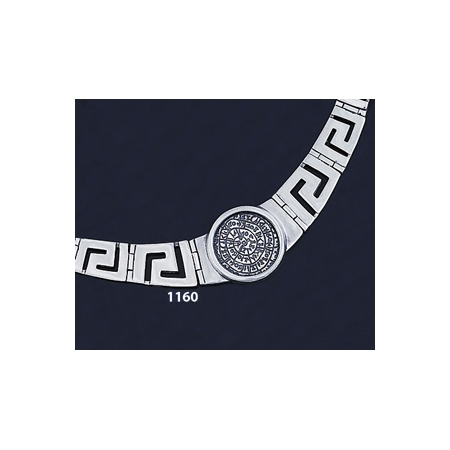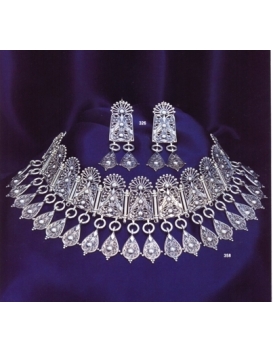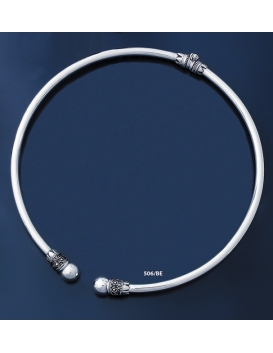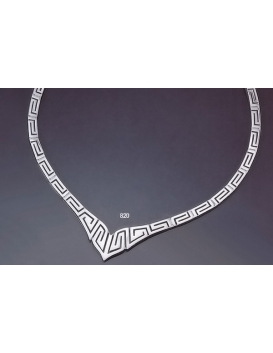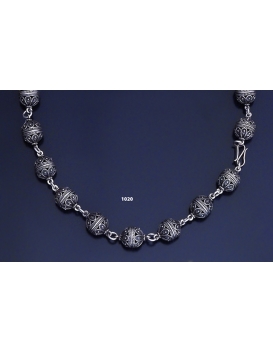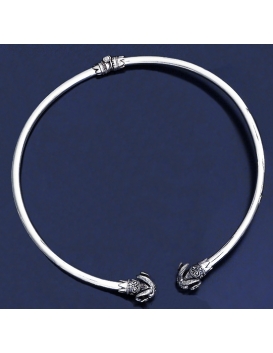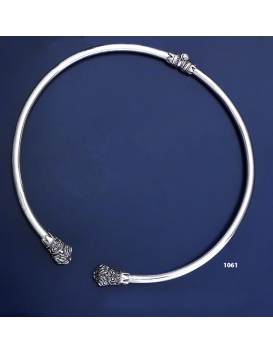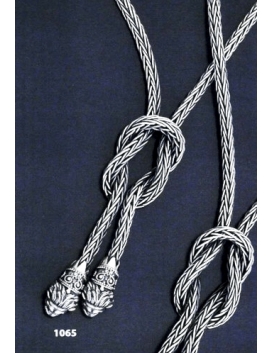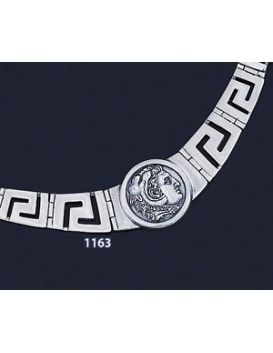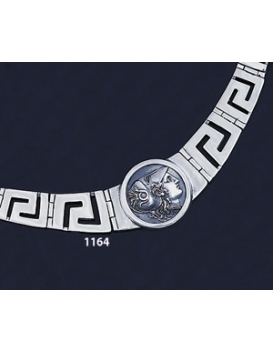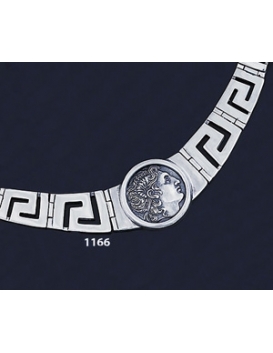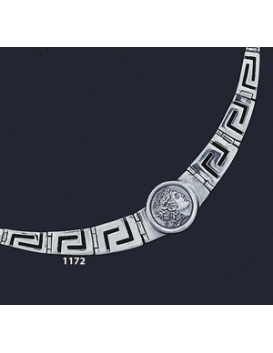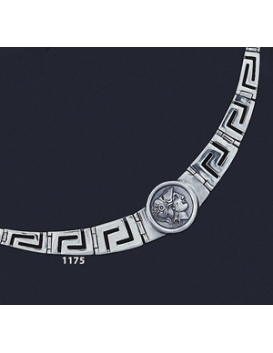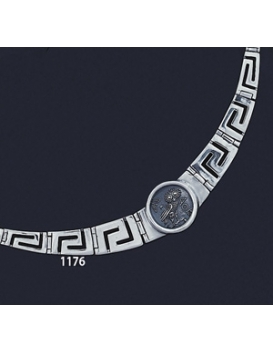1160 Greek Key/Meander Necklace Phaistos Disc Coin (L)
Greek Key/Meander Necklace With Festos/Phaistos Disc Coin, Large Size
Payment Methods

The disc of Phaistos is classified by many as one of the most mysterious objects of all time.
The original artifact is a stone carving that can be seen in the Heraklion museum in Crete. It's size fits into a palm of a large male hand, it has captivated the mind and imagination of an unprecedented amount of researchers and remains an unsolved mystery.
The disc is considered particularly important as it was one of the very few valuable objects found in the very heart of the mighty Minoan civilsation from just before it's overnight destruction from a tidal wave (linked to the loss of Atlantis). When the palace was excavated, in crypt beneath the floor of Royal chamber of the palace of Festos was this disc, hidden from the public domain.
Some of the characters or 'glyphs' have been compared to Linear A and some resemble Egyptian hieroglyphs but apart from this resemblence the origin of the language is uncertain and incomparible to other known scripts.
Over the twentieth century there has been an endless list of archaeologists, linguists, anthropologists and even astronomers all of which have provided their own theorems for the disc's interpretation or intended function. Amongst the most interesting are the explanation of the disc being a very advanced form of ancient calendar, or a cosmic map in which elements inside the carved spiral mark the position of stars in our galaxy. Other theories link this artifact and language to the lost city of Atlantis.
Completely hand made

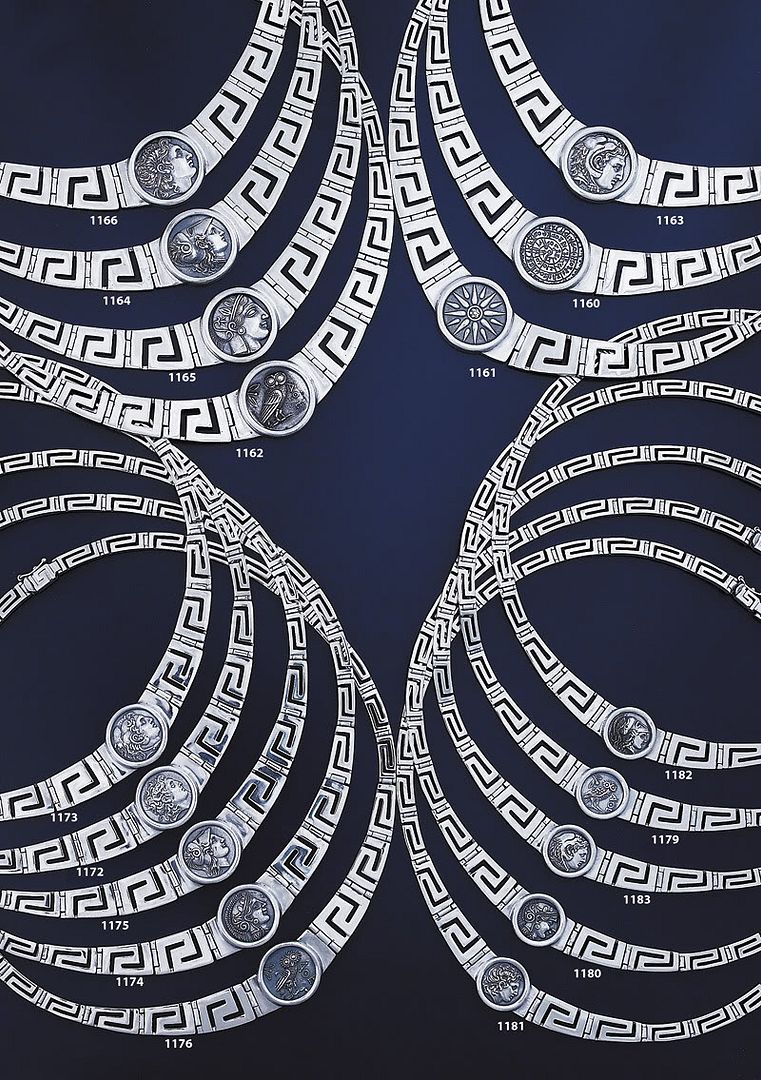
The Greek key pattern (also meander or meandros) takes its name from the square pieces that repeat in the pattern that look rather like an old fashioned key. The pattern is also known as a meander or a Greek fret. Meander means twisting and turning.
Meanders were among the most important symbols in ancient Greece; they, perhaps, symbolized infinity and unity; many ancient Greek temples incorporated the sign of the meander. Greek vases, especially during their Geometric Period, were likely the genesis for the widespread use of meanders; alternately, very ocean-like patterns of waves also appeared in the same format as meandros, which can also be thought of as the Guilloche pattern. The shield of Philip II of Macedon was decorated with multiple symbols of the meander; the shield itself can be found in the museum of Vergina in Central Macedonia of Greece.


